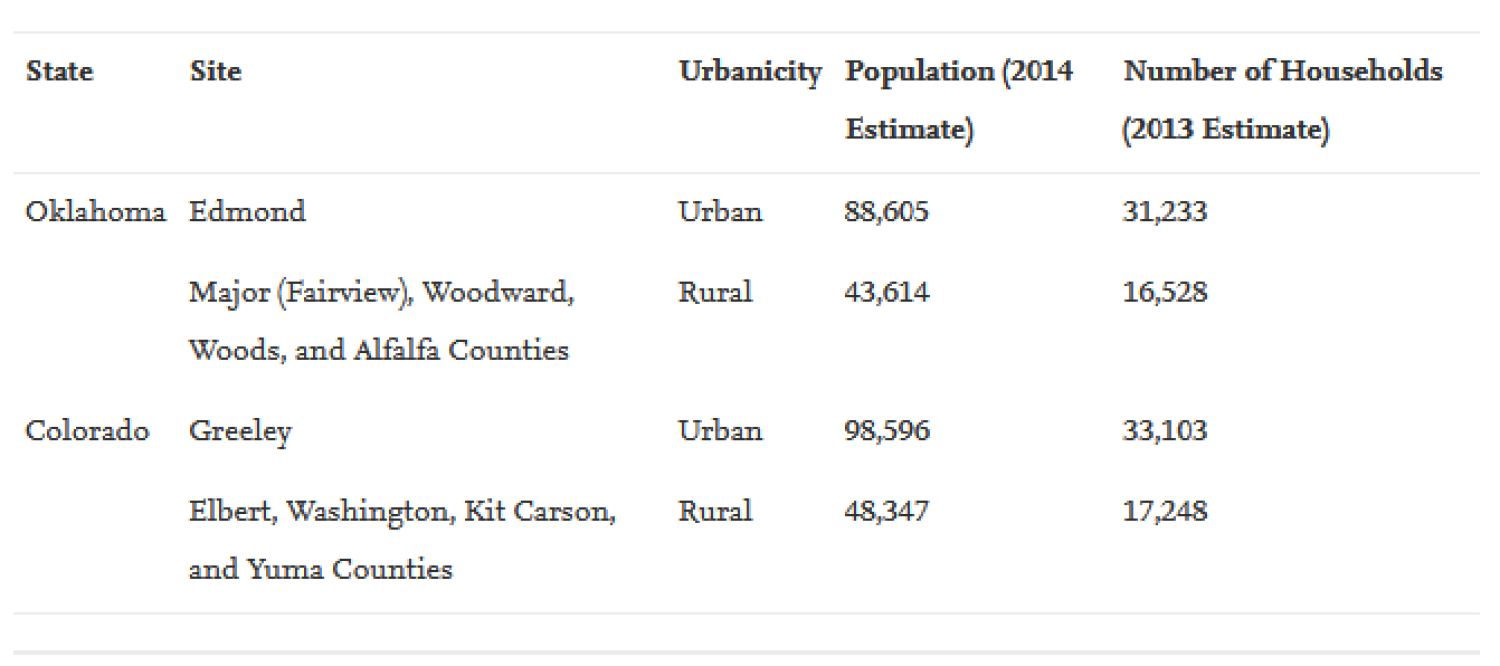Human-induced or natural hazard? Factors influencing perceptions of actions to be taken in response to induced seismicity

A relatively new term for categorizing hazards is that of “techna” hazards, or seemingly natural phenomena induced by human technology or activity. The human origin of these hazards means that mitigation aimed at addressing the underlying cause of the hazard is a possibility, which is often not considered possible with traditional natural hazards. Currently, however, there is a dearth of literature regarding how perceptions of the underlying cause of the hazard influences beliefs regarding disaster risk reduction strategies for the hazard. Thus, this work examines the factors that predict beliefs regarding whether a techna hazard can be stopped or reduced, the best actions that should be taken to reduce or stop the hazard event, and whether current regulation efforts aimed at stopping or controlling the activities causing the hazard are enough. We specifically examine the case of fluid injection induced seismicity in Oklahoma and Colorado in the United States. We find that, contrary to our expectations from prior literature, exposure to the hazard is not a strong predictive factor of these beliefs. Perceptions of the underlying activity associated with the hazard, in this case hydraulic fracturing and oil and gas development, is significant, in that those with more positive views of the industry activity are more likely to believe the earthquakes cannot be stopped and favor less intense regulative efforts to address the hazard.

